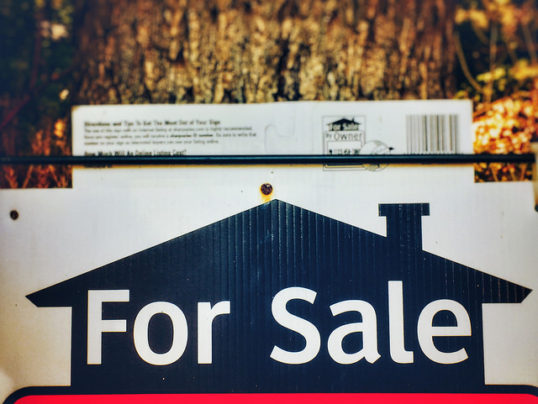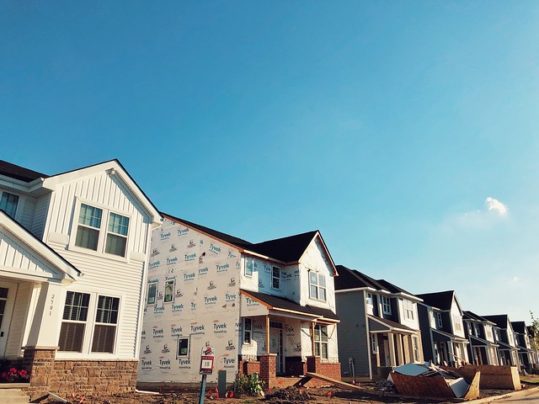Low inventory has been the housing market’s main challenge since well before the coronavirus pandemic began. Since its onset, though, the number of homes for sale has moved even lower. That means, in many markets, there are more interested buyers than available homes. And, according to ATTOM Data Solutions’ second-quarter Home Sales Report, that means big gains for home sellers. In fact, their report shows home owners who sold during the second quarter saw a $75,971 profit on the typical sale, up from $66,500 in the first quarter. Todd Teta, ATTOM’s chief product officer, says profit margins are now at record highs. “The housing market across the United States pulled something of a high-wire act in the second quarter, surging forward despite the encroaching economic headwinds resulting from the coronavirus pandemic,” Teta said. “Profit margins hit new records as prices kept climbing, with few indications that the impact of the virus would topple the market.” The typical homeowner who sold a house during the second quarter owned their home for eight years. (source)
Home Sellers See $76,000 Profit On Typical Sale











